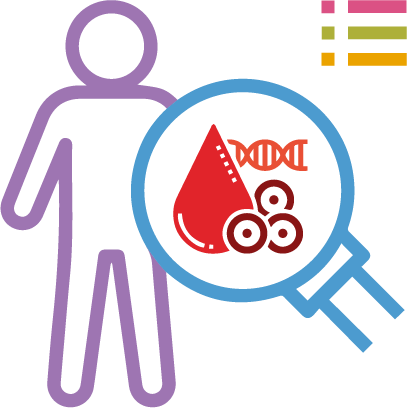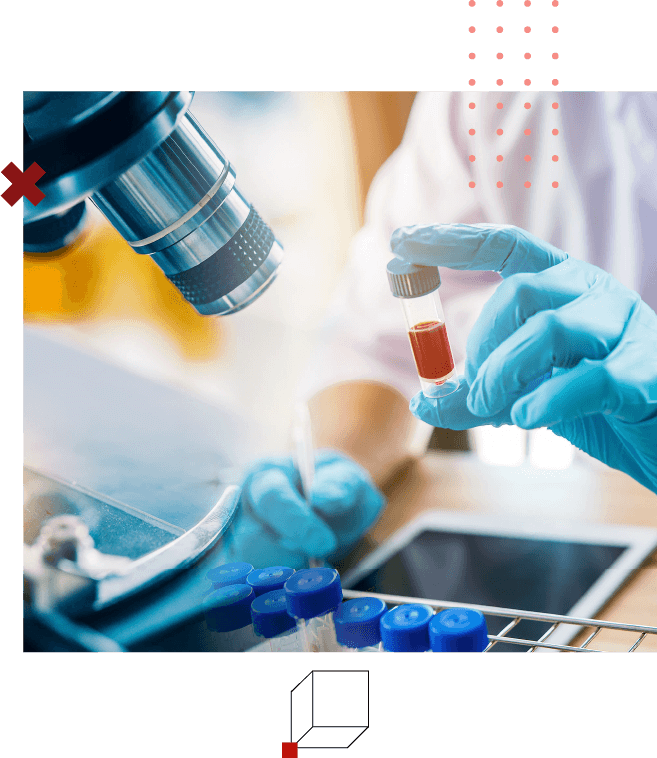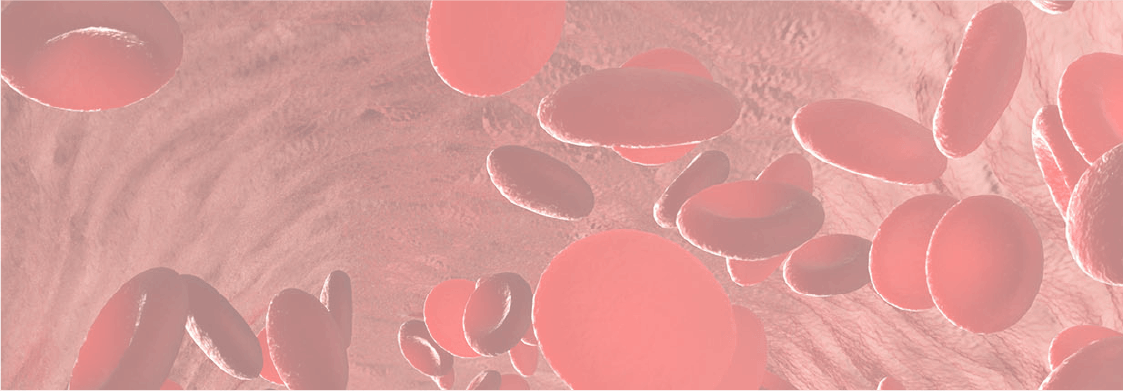By accepting this disclaimer and continuing on this portal, I hereby confirm that I am a registered healthcare practitioner and I am authorized as per applicable laws to access the content shared on this portal. I acknowledge that the material and information shared on this portal is meant for limited access of a healthcare practitioners only and I will not share or distribute the confidential material and information shared with me on this portal with an unauthorized person. I confirm to not rely on the material and information shared herein and apply my independent medical judgement for assessing any patient.
DIAGNOSIS OF
HEMOPHILIA


The WFH estimates that over 75% of expected people living with hemophilia worldwide have not yet been identified and diagnosed.

Without accurate diagnosis, those affected have no chance of accessing adequate treatment and care
How is hemophilia diagnosed?
Hemophilia is diagnosed by taking a blood sample and measuring the level of factor activity in the blood. Hemophilia A is diagnosed by testing the level of factor VIII activity. Hemophilia B is diagnosed by measuring the level of factor IX activity
Doctors may recommend screening tests
and/or clotting factor tests.

Includes Complete Blood Count (CBC), Activated Partial Thromboplastin Time (APTT), Prothrombin Time (PT) Test, Fibrinogen Test. These blood tests show if the blood is clotting properly.

Also called factor assays, are required to diagnose the type of hemophilia and the severity.

Interpretation of screening tests


Genetic assessment of hemophilia is important in all people with hemophilia and their “at-risk” female family members.
Genetic assessment helps in:

Defining disease biology

Identifying female carriers

Establishing the diagnosis in difficult
cases

Providing a prenatal diagnosis

Predicting the risk of inhibitor
development

Genetic counselling for individuals with hemophilia and their families is an essential requirement prior to genetic testing. This includes obtaining informed consent from the patient, parent or legal guardian, requiring permission to carry out testing as well as providing education to ensure that they fully understand the testing procedure, the benefits and limitations of the test and the possible consequences of the test results.¹



